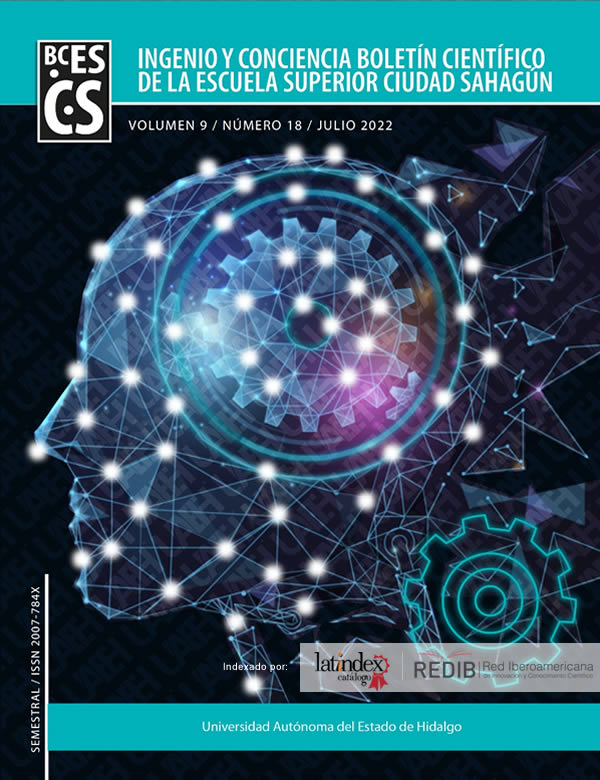Analysis of the correlation between the weight of the luggage and the performance of the buses of a motor transport company using the Lean Six Sigma methodology
Abstract
The objective of this study was to analyze the high fuel consumption of a Volvo 9700 model bus fleet. The development of the project involved analyzing the impact of the variable called luggage weight in different units of the same model, using the Lean Six Sigma methodology. which is proven to be useful for troubleshooting already created processes. The results of the analysis showed that there is no significant relationship between the characteristics of the luggage and fuel consumption, so the weight of the luggage does not influence fuel consumption; however, knowledge of these characteristics can be very useful for the company, to take actions that allow it to improve baggage management in the bus loading area.
Downloads
References
Bradshaw, C., 2009. Green Transportation Hierarchy: A Guide for Personal and Public Decision making [R/OL].
de Ona, J., de Ona, R., Lopez, ´ G., 2016. Transit service quality analysis using cluster analysis and decision trees: a step forward to personalized marketing in public transportation. Transportation (Amst). 43, 725–747.
De Freitas, J. G., & Costa, H. G. (2017). Impacts of Lean Six Sigma over organizational sustainability: A systematic literature review on Scopus base. International Journal of Lean Six Sigma.
Litman, T., 2003. Measuring transportation: traffic, mobility and accessibility. Institute of Transportation Engineers. ITE Journal 73 (10), 28.
Maneesh Kumar, Jiju Antony,Christian N.Madu, Douglas C. Montgomery, Sung H. Park, Common myths of Six Sigma demystified, International Journal of Quality & Reliability Management, 2008, Vol.25 No. 8, pp. 878-895.
Morton, C., Caulfield, B., Anable, J., 2016. Customer perceptions of quality of service in public transport: evidence for bus transit in Scotland. Case Stud. Transp. Policy 4, 199–207.
PrabhakarKaushik, Dinesh Khanduja, Application of Six Sigma DMAIC methodology in thermal power plants: A case study, Total Quality Management, 2009, Vol.20, No.2, February, 197-207.
Rascón C., O. A. (2012). EL TRANSPORTE EN MÉXICO Y EL MUNDO. SITUACIÓN ACTUAL Y VISIÓN DE FUTURO, aj México, 1, 7.
YahiaZareMehrjerdi, Six Sigma: methodology, tools and its future, Assembly Automation, Emerald Group Publishing Limited, 2009, Volume 31 Number 1, 79-88 [ISSN 0144-5154].
Zhang, C., Liu, Y., Lu, W., Xiao, G., 2019. Evaluating passenger satisfaction index based on PLS-SEM model: evidence from Chinese public transport service. Transp. Res. Part A Policy Pract. 120, 149–164.











